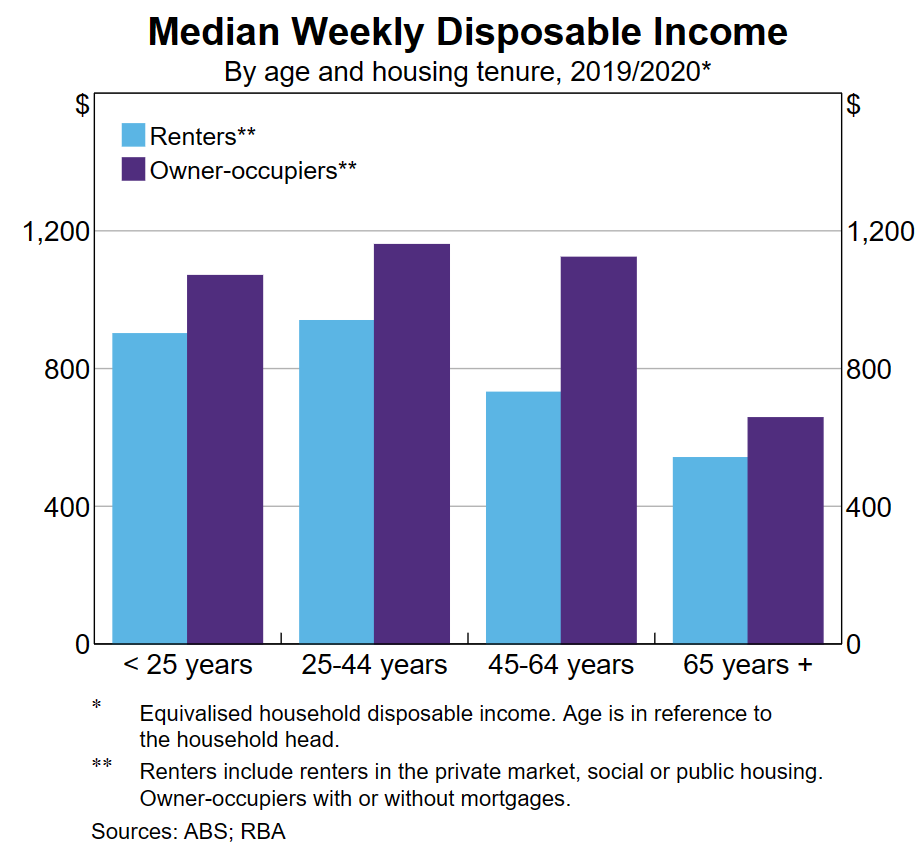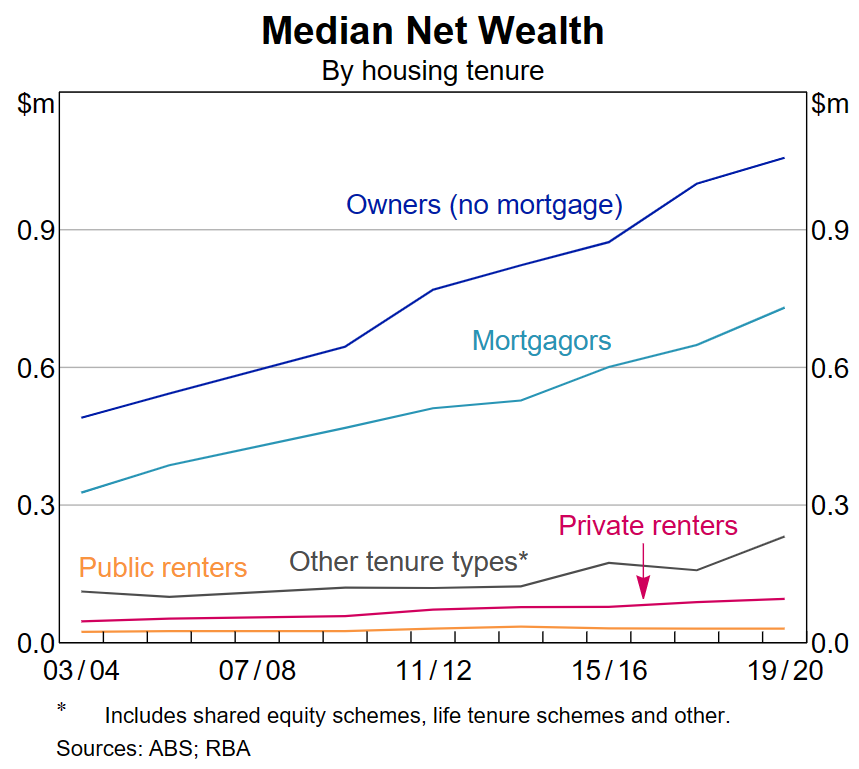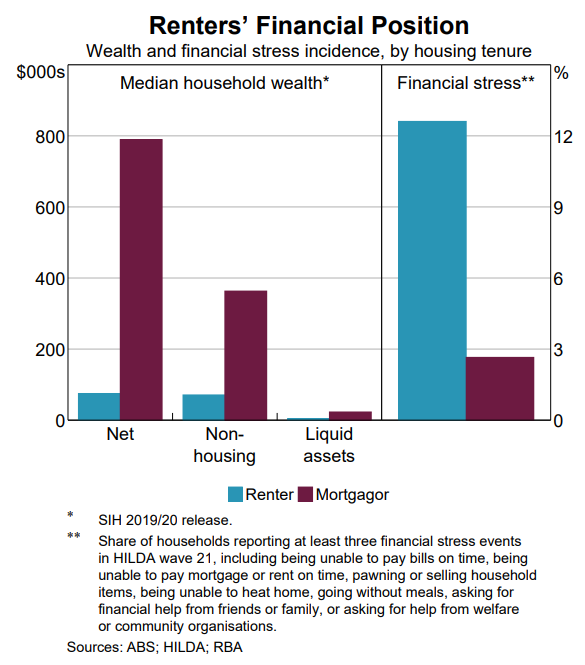This month has been another shocker for Australian renters, with all private data providers reporting extreme rental inflation in the year to February amid record tight vacancy rates.
In particular:
- CoreLogic reported 11.5% annual capital city rental growth off a vacancy rate of only 0.9%.
- Domain reported 13.0% (houses) and 22.2% (units) annual rental growth off a vacancy rate of just 0.8%.
- SQM Research reported 18.8% (houses) and 25.8% (units) annual rental growth off a vacancy rate of only 1.0%.
Each data provider warned that the rental crisis would worsen in the period ahead given Australia is now receiving unprecedented immigration arrivals, which will ensure that demand runs well ahead of supply.
“Net migration is likely to remain strong for some time yet, adding to rental demand and placing additional upwards pressure on rental values”, CoreLogic noted in its latest Quarterly Rental Review.
Domain likewise warned that “with more demand for rentals and not enough supply, renters will continue to face limited choices and tough competition, particularly for cities that traditionally see a higher intake of residents from overseas like Sydney and Melbourne”.
SQM Research’s managing director, Louis Christopher, warned that “with the opening of the borders, the massive increase in migration, we’re seeing a rather large rise in underlying demand for real estate and that’s been playing out in the rental market”.
“One hundred per cent, we’ve got a rental crisis”.
The surge in rents on the back of extreme net overseas migration will worsen inequality, given renters tend to be poorer than the median Australian.
Research released last month by the Reserve Bank of Australia (RBA) showed that “average and median incomes of renter households are generally lower than owner-occupiers across age groups”:

Therefore, soaring rents will have a particularly regressive impact on these households.
In a similar vein, the RBA showed that “the dollar gap between renters’ wealth and that of owner-occupiers has increased over the past two decades” as house prices have surged:

The RBA’s latest Financial Stability Review also showed that because renters “tend to have fewer liquid assets and lower net wealth, they have historically been considerably more likely to experience financial hardship than other households”:

The RBA’s “liaison information [also] suggests that increased demand for community services over recent quarters has primarily come from renters”, due to the severe rise in their cost of living.
The recent White Paper from LongView and PEXA argued that “Australia is one of the hardest places in the developed world to be a renter” because “long term leases are rare, and renters live with constant uncertainty about whether they will have to move”.
Therefore, Australian renters are treated like second-class citizens – a situation that that will worsen as the Albanese Government deliberately engineers the largest immigration program in this nation’s history.
Where will the hundreds of thousands of migrants arriving each year live when there is already a dire shortage of rental accommodation?
There is only one outcome from Labor’s immigration madness: rampant rental inflation, severe financial strain on lower-income households, and rising homelessness.

